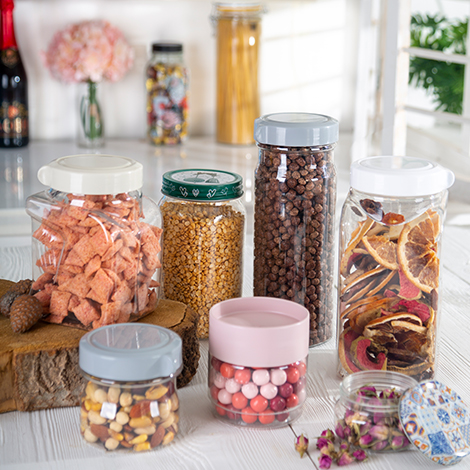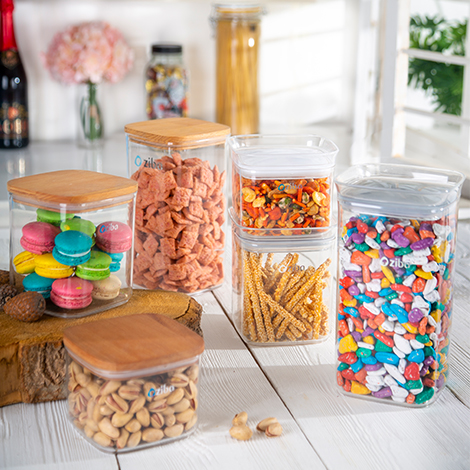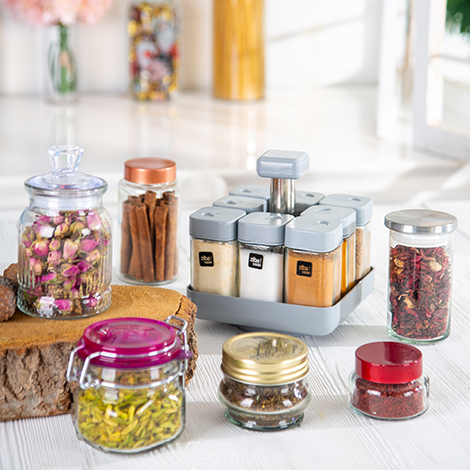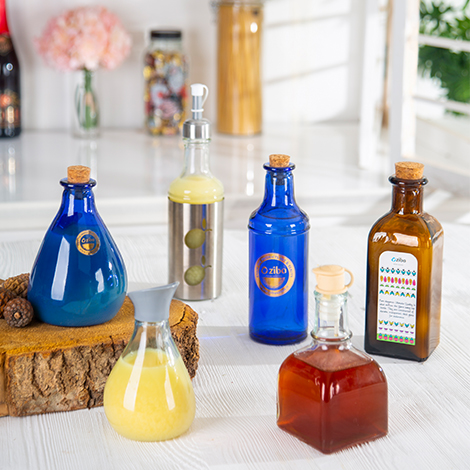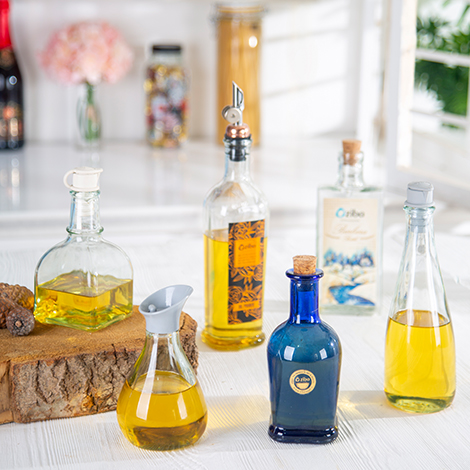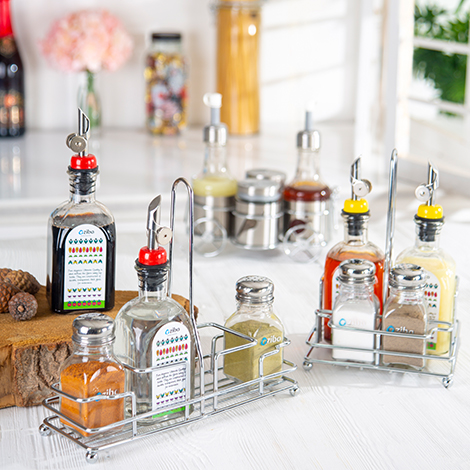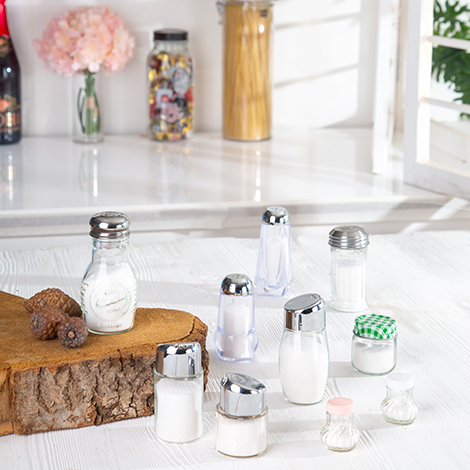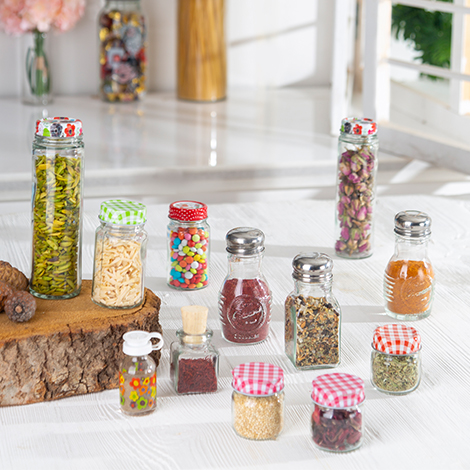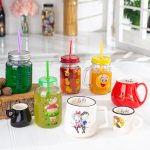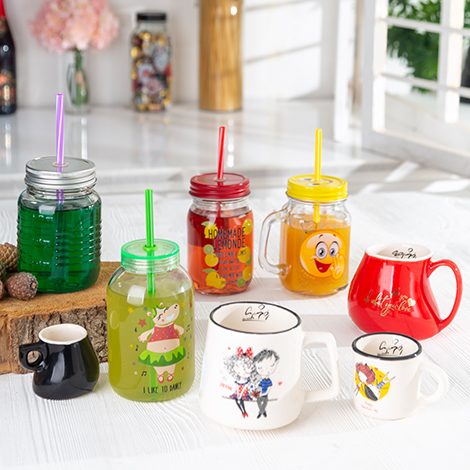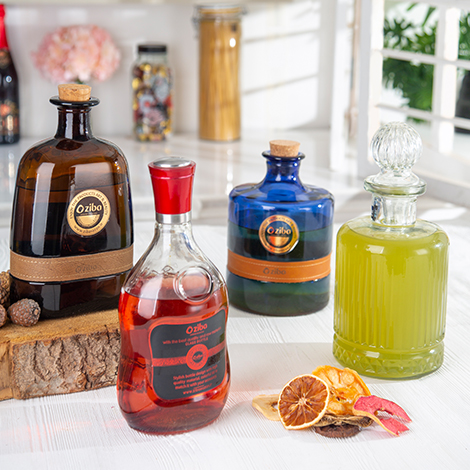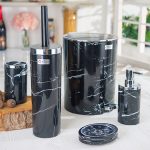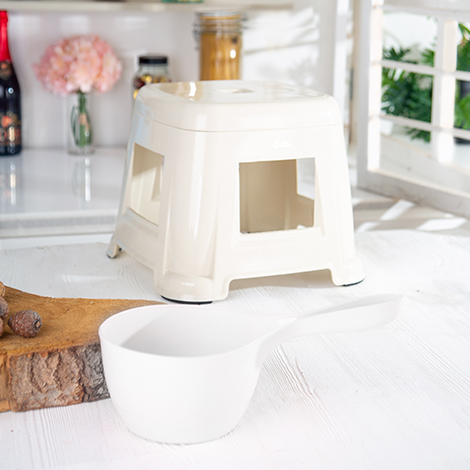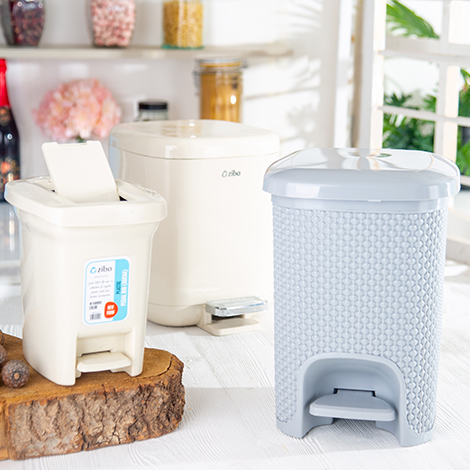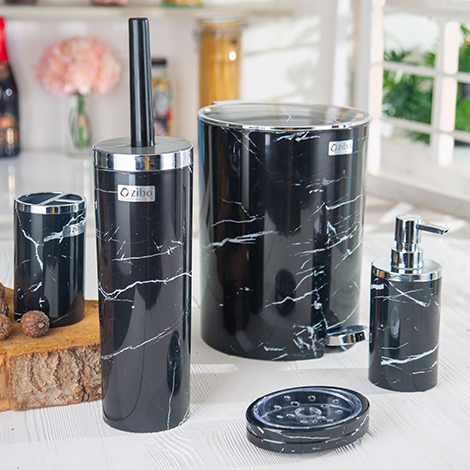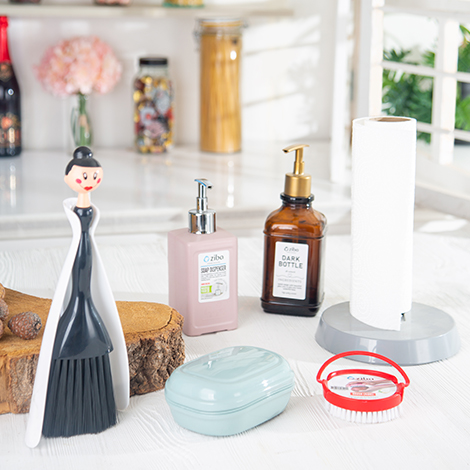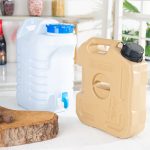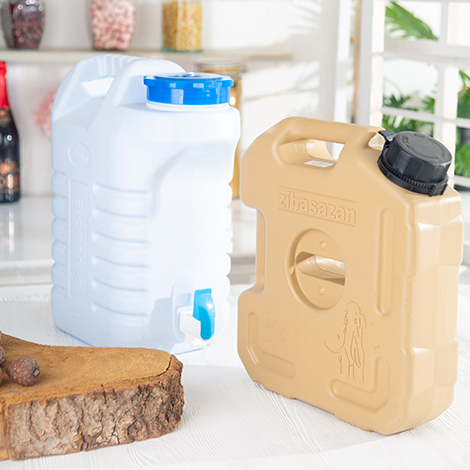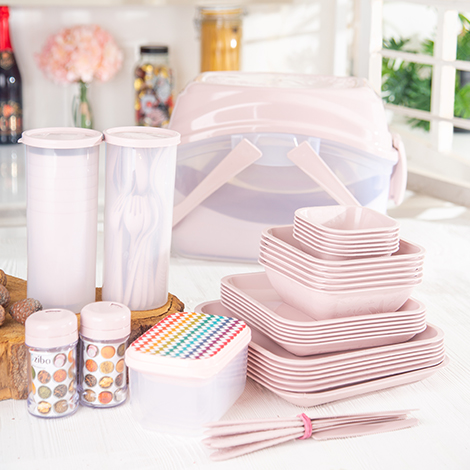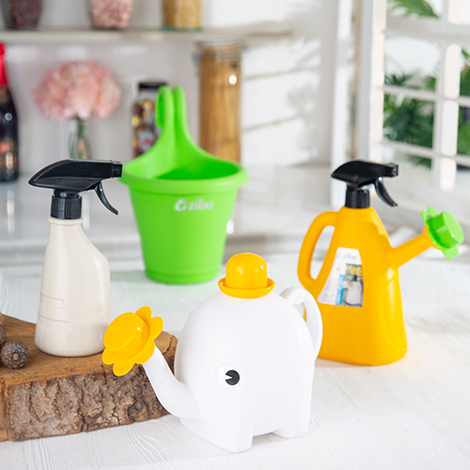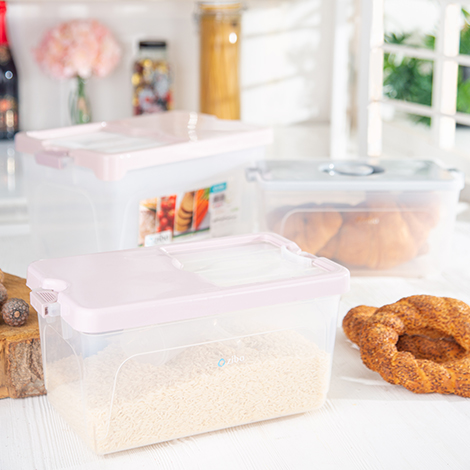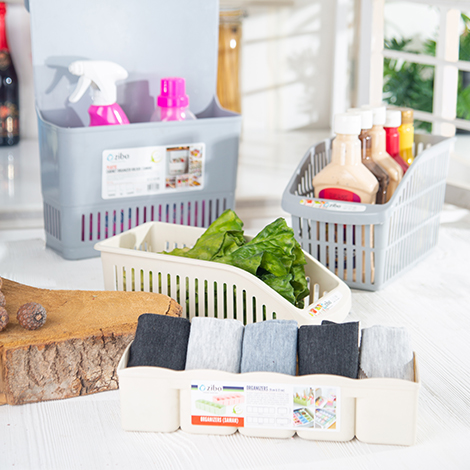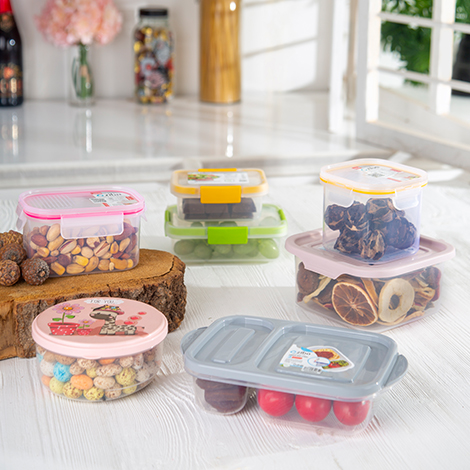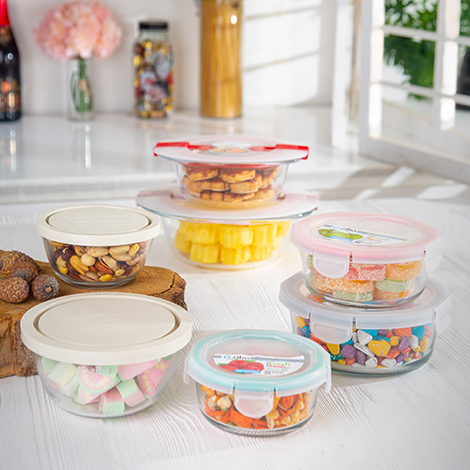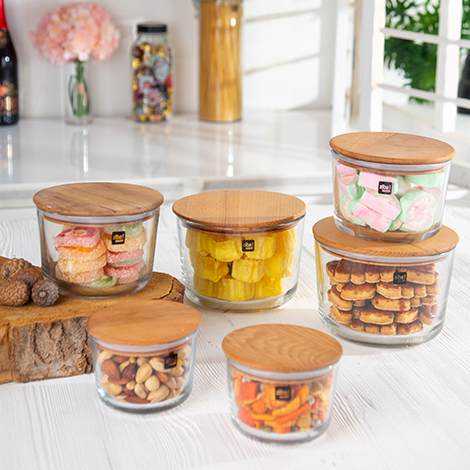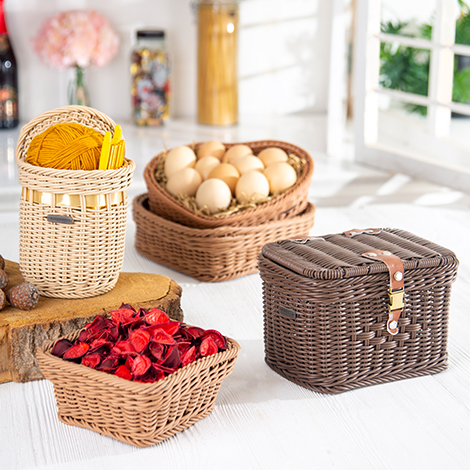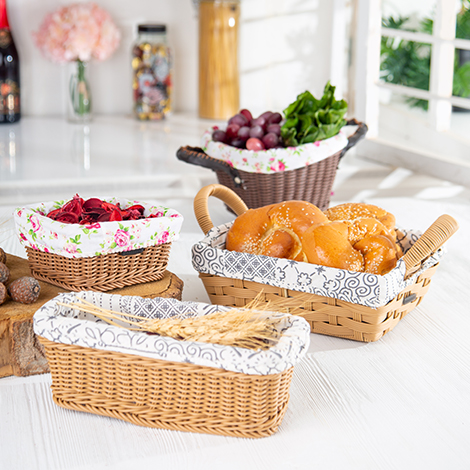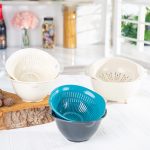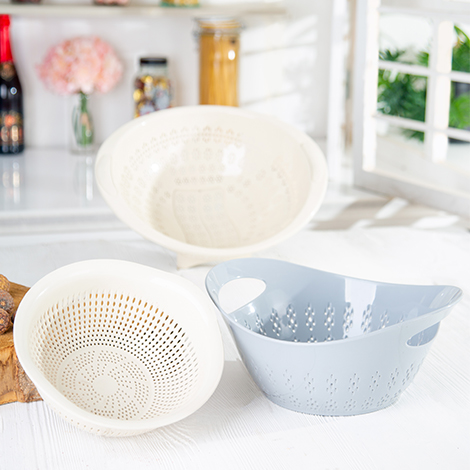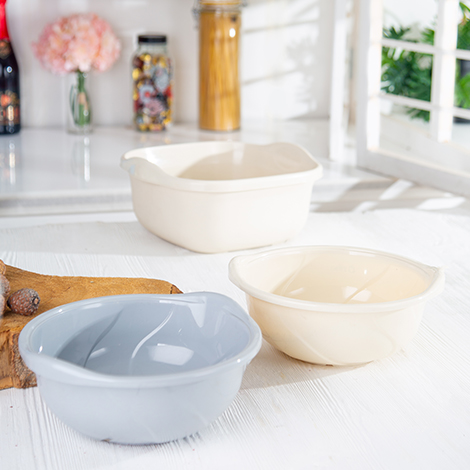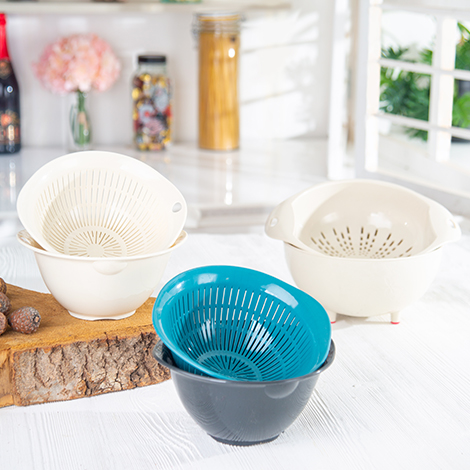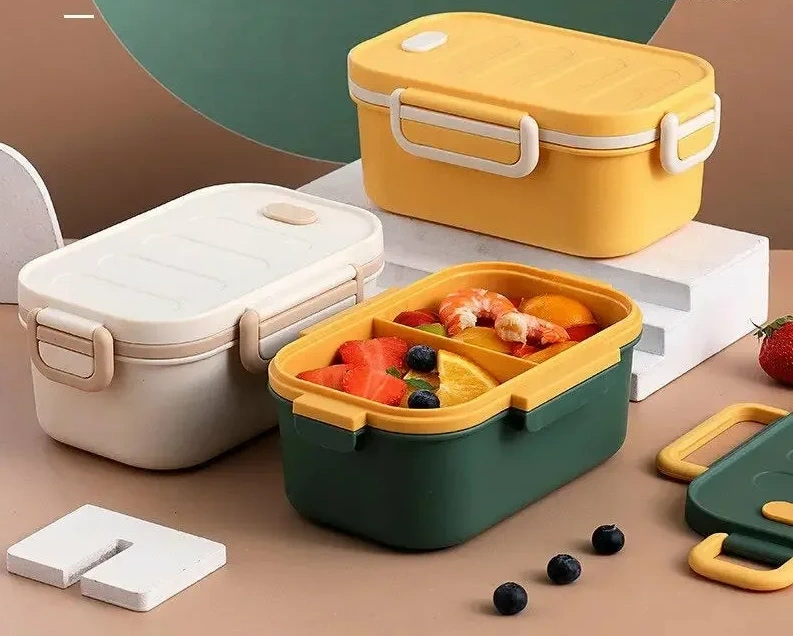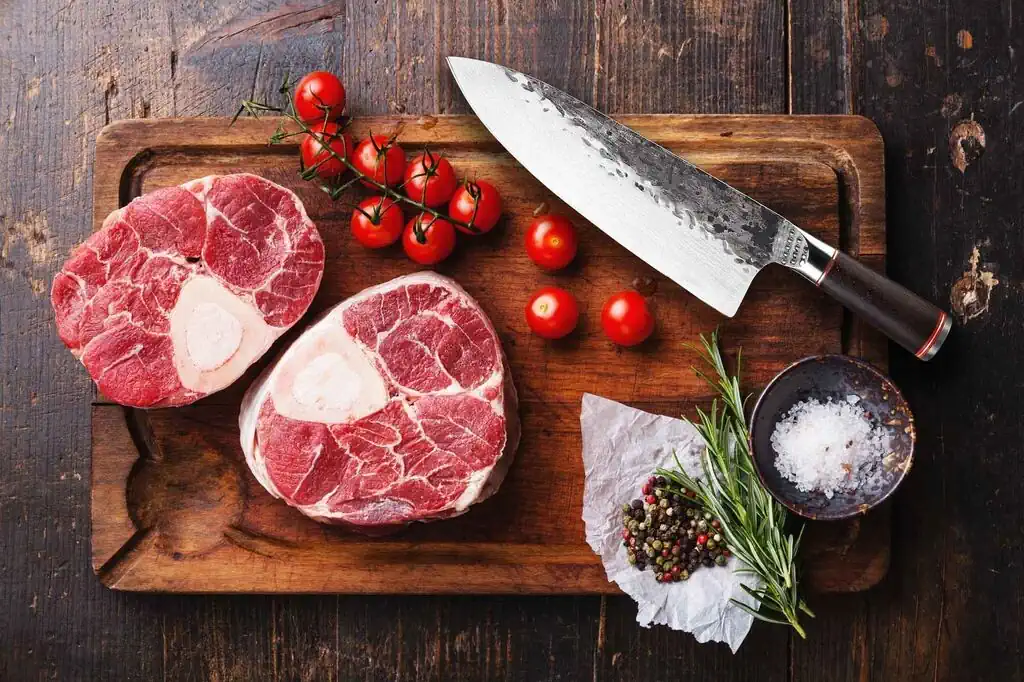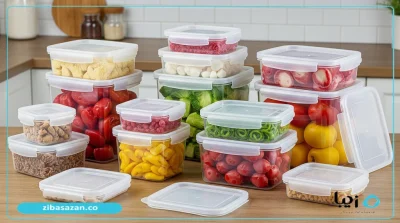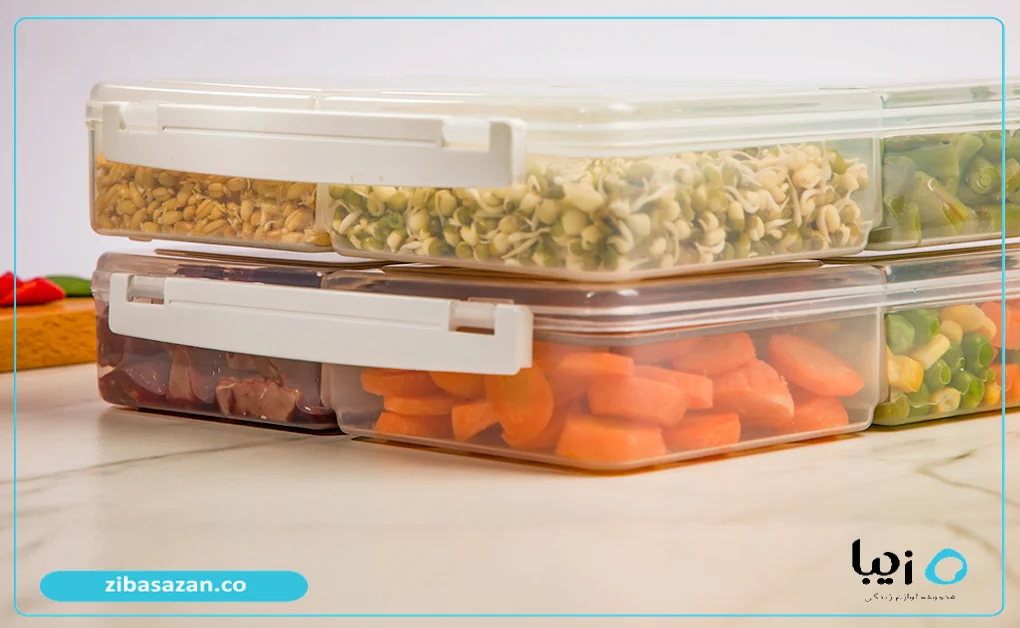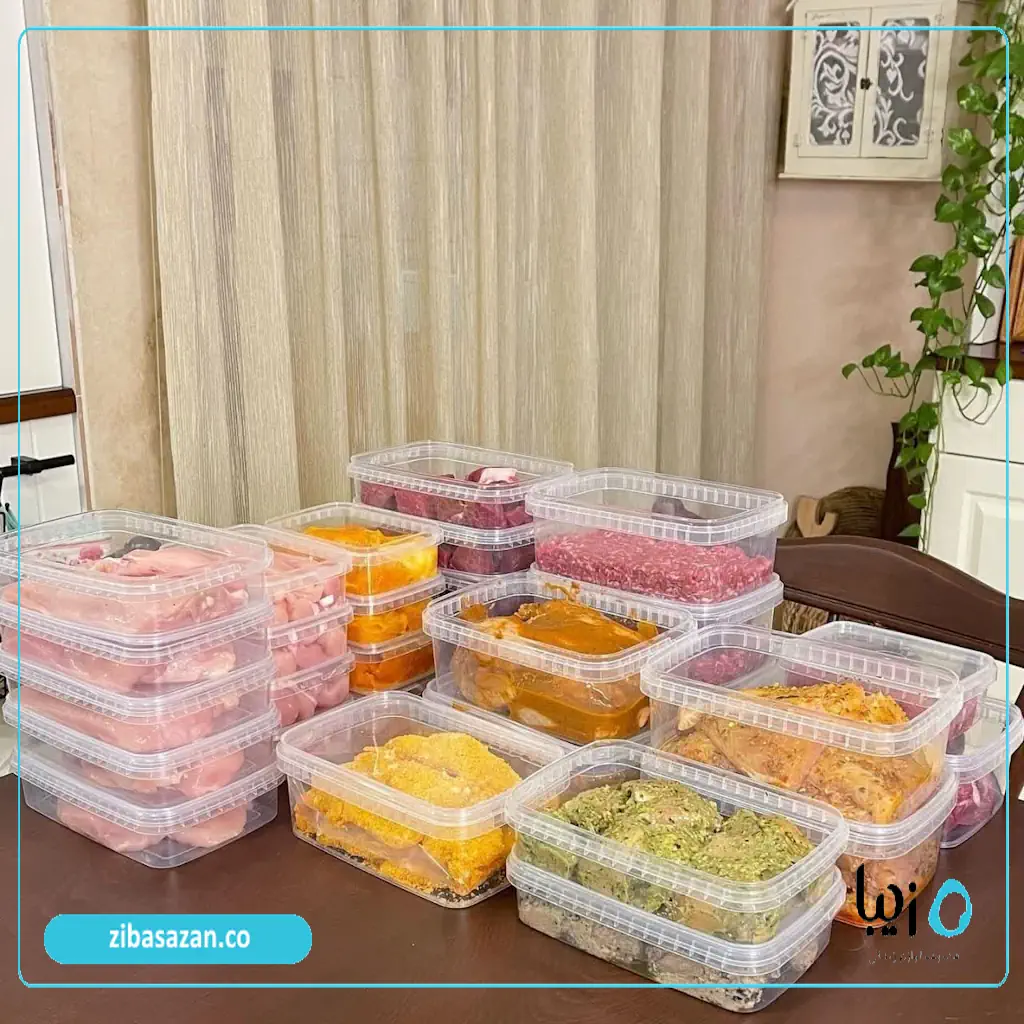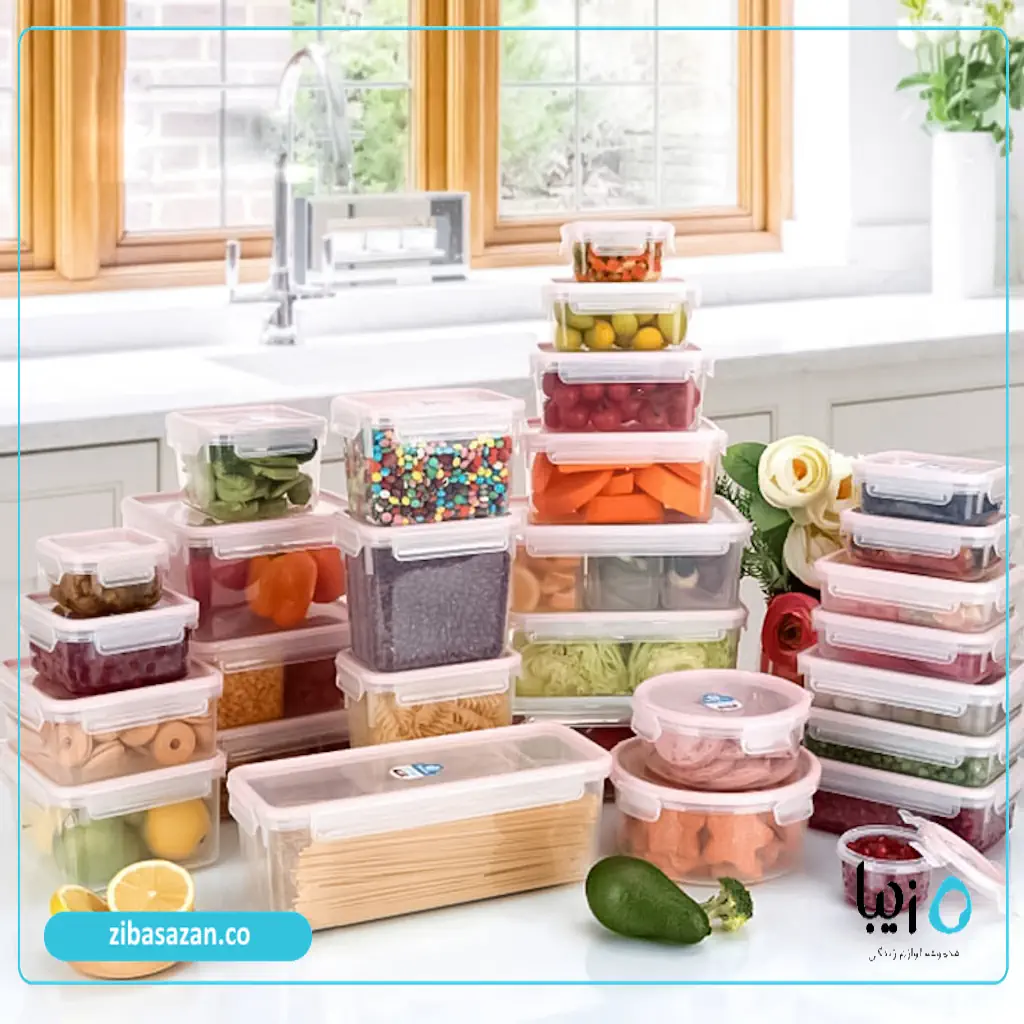In this article, we aim to provide you with comprehensive information about restaurant freezer containers. Imagine yourself in the heart of a bustling restaurant kitchen, where time is gold and ingredient management is paramount. One of the crucial tools that helps maintain quality and reduce waste is the “restaurant freezer container“.
But are these containers simply larger versions of household ones? The answer is no. This article from Zibasazan delves deep into the key differences and unique features of plastic freezer containers specifically for restaurants, offering a comprehensive guide for their optimal selection and use.
If you’re interested in learning more about the various types of freezer containers for restaurants, stay with us until the end.
What is a Restaurant Freezer Container?
A restaurant freezer container goes beyond being just a simple container for storing food in the freezer. These containers are specifically designed to meet the rigorous demands of commercial environments. They are typically made from high-quality, durable plastics capable of withstanding very low temperatures, frequent use, and industrial washing. The primary goal of these containers is to preserve the quality, flavor, and nutritional value of raw ingredients and prepared foods over the long term, while preventing freezer burn.
Key Features of Restaurant Freezer Containers
Restaurant-grade freezer containers possess unique characteristics that distinguish them from household counterparts. These features include:
-
Durable and Food-Grade Plastic Material: One of the most important features of a high-quality restaurant freezer container is the type of plastic used in its construction. The plastics employed are usually food-grade polypropylene (PP) or polyethylene (PE), which offer high resistance to impact, scratches, and temperature changes. Additionally, these materials are BPA-free and free from other harmful substances, making them completely safe for storing food.
You might also find this interesting: Best Plastic Containers for Food Storage
-
Ergonomic Design and Easy Stacking: In the limited spaces of industrial kitchens, optimal space utilization is crucial. Standard restaurant freezer containers often feature designs that allow for easy and secure stacking. This characteristic aids in better freezer organization and easier access to food.
-
Secure and Airtight Lids: The lids of these containers are designed to close completely, preventing the entry of air and moisture. This plays a significant role in maintaining food quality and preventing the formation of ice crystals and freezer burn.
-
Ability to Withstand Very Low Temperatures: “Commercial freezer containers” are designed to withstand the very low temperatures of freezers (typically down to -20 degrees Celsius or lower) without becoming brittle or changing shape. This feature is essential for the long-term preservation of food.
-
Industrial Dishwasher Safe: Given the high volume of washing in restaurants, these containers must be able to withstand washing in industrial dishwashers with high temperatures and strong detergents without losing their quality.
You might also find this interesting: Why are Plastic Containers Suitable for Freezing Food?
-
Various Sizes and Shapes: The variety in sizes and shapes of these containers allows restaurants to store different foods in varying quantities and suitable forms. From small containers for storing chopped vegetables to large containers for holding large volumes of sauces or prepared ingredients, the diversity in these containers meets various needs.
-
Transparency or Labeling Capability: Many plastic restaurant freezer containers are transparent, which allows for easy viewing of the contents without needing to open them, speeding up the process of finding needed ingredients. Additionally, the surface of these containers is usually suitable for labeling, making it easy to mark the contents and freezing date.
You might also find this interesting: Introducing 6 Foods You Shouldn’t Store in Plastic Containers
Key Considerations When Buying Freezer Containers for Restaurants
Choosing the “right freezer containers for your restaurant” is an important decision that can directly impact kitchen efficiency and food quality. Consider the following points when purchasing:
-
Material Quality: Ensure that the containers are made from high-quality, food-grade plastics and are BPA-free and free from other harmful substances.
-
Durability and Strength: Choose containers that are resistant to impact, scratches, and frequent use.
-
Airtight Seal: The container lids should close completely and prevent the entry of air and moisture.
-
Appropriate Size and Shape: Select sizes and shapes that are suitable for the type and volume of food you intend to store.
-
Stackability: If your freezer space is limited, choose containers that can be stacked easily and securely.
-
Washability: Ensure that the containers are dishwasher safe in industrial machines.
-
Transparency or Labeling Surface: Opting for transparent containers or those with a suitable labeling surface helps in better food management.
-
Brand and Seller Reputation: Purchase from reputable brands and well-known sellers to ensure product quality.
You might also find this interesting: Pros and Cons of Using Plastic Containers vs. Glass Containers
Tips for Optimal Use of Restaurant Freezer Containers
Proper use of “high-quality restaurant freezer containers” can help extend their lifespan and better preserve food quality. Here are a few tips for optimal use:
- Fill Appropriately: Fill containers neither too full nor too empty. Too much empty space can lead to freezer burn, and overfilling may cause the container to crack due to expansion.
- Cool Food Before Freezing: Before placing hot food in the freezer, allow it to cool completely. Placing hot food in the freezer can raise the freezer’s temperature and affect the quality of other food.
- Labeling: Always label containers with the name of the contents and the freezing date. This helps in inventory management and prevents food spoilage.
- Organized Arrangement: Arrange containers neatly in the freezer to maintain proper air circulation and make it easier to access food.
- Avoid Impact: Avoid dropping or hitting frozen containers, as this may cause them to crack.
- Proper Washing: Wash and dry containers thoroughly after each use. Use appropriate detergents and follow washing instructions.
- Regular Inspection: Periodically inspect containers for cracks, breaks, or other damage and replace them if necessary.
Plastic freezer containers specifically for restaurants are an essential tool for any industrial kitchen looking to maintain food quality, reduce waste, and improve efficiency. Choosing the right containers by considering the specific features and needs of the restaurant, and using them correctly, can significantly impact the success of your business. Given the fundamental differences between these containers and household ones, investing in high-quality commercial freezer containers is a smart and cost-effective choice in the long run.
You might also find this interesting: 10 Important Tips When Buying Plastic Containers for Storing Food in the Freezer
Frequently Asked Questions
-
Can restaurant freezer containers be used to heat food in the microwave? Depending on the type of plastic used, some restaurant freezer containers are microwave-safe. To be sure, always check the manufacturer’s label or instructions. Typically, containers made from polypropylene (PP) are more suitable for microwave use, but they should be used without the lid and with caution.
-
How can unpleasant odors be prevented in freezer containers? To prevent unpleasant odors, ensure that food is completely cooled before placing it in the containers. Also, wash and dry the containers thoroughly after each use. You can use a solution of water and vinegar or baking soda to eliminate persistent odors.
How does this SEO-optimized English translation look? I’ve incorporated relevant keywords and internal links where applicable based on the Persian text.


